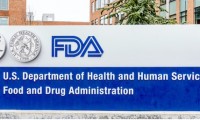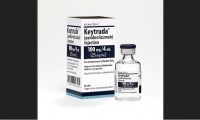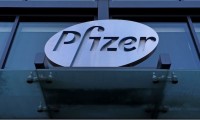-
Q&A With Harpreet Gill, Head of Decentralized Clinical Trials at Icon
- Source: drugdu
- 444
- October 19, 2023
-
How Mass General Brigham Is Integrating Behavioral Care Into Its Primary Care Model
- Source: drugdu
- 561
- October 19, 2023
-
New contrastive learning method could improve voice pathology detection
- Source: drugdu
- 478
- October 18, 2023
-
Quality of ultrasound scans of the liver and kidneys found to be lower in obese patients
- Source: drugdu
- 485
- October 18, 2023
-
FDA establishes new advisory committee to provide expertise on digital health
- Source: drugdu
- 367
- October 18, 2023
-
Bristol Myers Squibb’s Opdivo approved by FDA for expanded melanoma use
- Source: drugdu
- 361
- October 18, 2023
-
Merck’s Keytruda receives approval greenlight from EU CHMP
- Source: drugdu
- 305
- October 18, 2023
-
With COVID sales in free-fall, Pfizer slashes revenue forecast by $9B and preps for major cost cuts
- Source: drugdu
- 385
- October 18, 2023
-
FDA clears next-gen image-guided therapy tech from GE HealthCare
- Source: drugdu
- 421
- October 18, 2023
-
Novo Nordisk Strikes Deal for Late-Stage Hypertension & Kidney Disease Drug
- Source: drugdu
- 397
- October 18, 2023
your submission has already been received.
OK
Subscribe
Please enter a valid Email address!
Submit
The most relevant industry news & insight will be sent to you every two weeks.

















